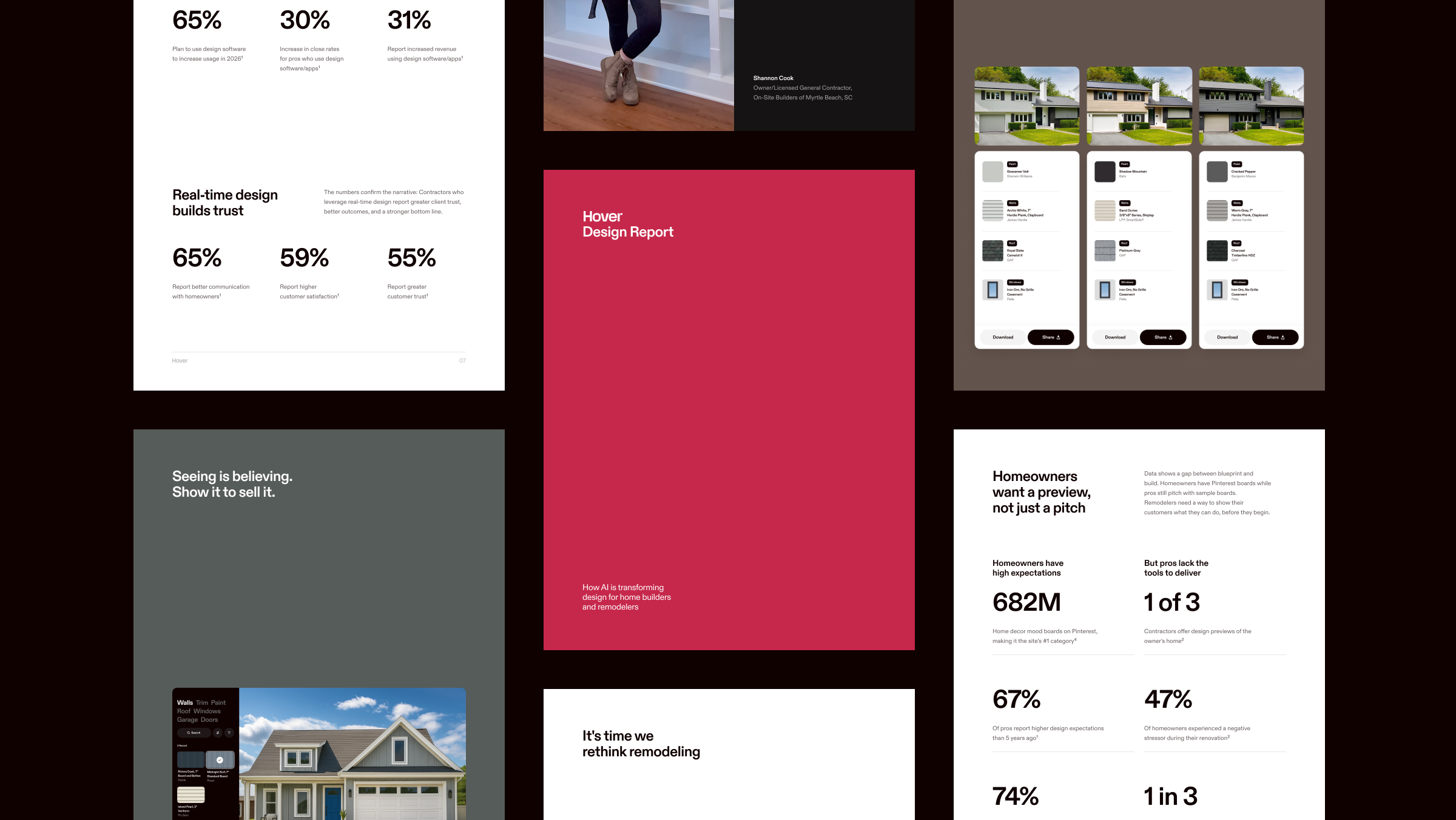When a client pays you for a job, it means all your hard work’s been worth it. However, before they hand over their money, you must ensure everything on your construction invoice matches what you’ve done. A standard method for creating invoices can help you keep things in order in the field—and on paper.
Keep reading for more details on writing a contractor invoice that gets the job done.
What To Include in a Construction Invoice Template
Every contractor handles invoice management differently. The information on your invoices will also change from job to job. Still, there are a few critical pieces of information you should include with every invoice. The following information will help everybody keep track of the payments owed for completed work:
- Project name
- Client’s name
- Unique invoice number
- Timeframe for services/materials of invoice
- Contract amount
- Change order amount (if applicable)
- Total work value completed to date
- Payment retainage
- Previous payments
- Current balance due
- Remaining balance due
You must also keep supporting documentation for all invoice items, such as your subcontractor invoices and any lien waivers. These documents will help you show your clients—whether they’re homeowners or developers—that you’ve charged a fair rate for your work based on actual expenses that you’ve incurred, should a dispute arise.
You’ll find that detailed documentation is especially valuable for homeowners making insurance claims.
Payment Terms for Construction Work
You should never send out an invoice without including payment terms. These should be within your contract or agreement and should be discussed and agreed upon before the project begins. Without them, there’s no way for your clients to know when and how you expect them to pay you. Payment terms outline the types of payments you accept and how long you’re willing to give the client to pay.
Establishing Your Billing Cycle
It’s essential to supply a reasonable—but short—agreed-upon payment timeline on your contractor invoice. For instance, many contractors create invoices that are payable within 30 days.
Some larger companies may offer construction billing periods for as much as 120 days. Anything longer, however, could crush your company’s debt ratio.
You’re a contractor, not a bank. It’s not prudent to extend credit for a lengthy amount of time. Some small-to-mid-sized contractors even issue invoices with seven-day payment periods to help them maintain a consistent cash flow.
Financing
You want to make the process of paying invoices as seamless as possible. In this regard, it’s helpful to offer financing options. Financing options help make your services viable even for customers with less access to cash upfront, increasing your potential client pool.
They can also help reduce the frequency of overdue payments and defaulting clients. Overdue payments are routine in the construction industry, but offering financing can help you to receive payments faster.
If you do decide to offer financing, be aware that it comes with significant logistical and legal requirements. Make sure you do your homework to find out if this option will cause you more trouble than it's worth.
Keep Things Simple
Make sure to create detailed but precise invoices. You must include enough information to support your payment request. In general, less is better: you don’t want to add so much information that your invoice is confusing. For example, your customer needs to know how much you are charging for labor, but probably does not need to know the different rates of pay for all of your sub-contractors - this information is both unnecessary and confusing. However, there are a few areas that may warrant extra attention in your invoice.
Scope Changes
A change order alters the original project agreement via a written record of agreed changes. . Having this officially documented dramatically improves the likelihood that clients will pay you for the extra work, helping to minimize your risk when the scope of a project changes.
In addition to creating such written documentation when a project changes mid-way, it can also be helpful to include provisions in your contract or agreement setting out the terms and conditions that will apply to any reasonably anticipated changes.
Your change order is a separate document to the original contract and should include six pieces of information: Project and client name
- Date of the change order
- Change details
- Updated project timeline
- Price for the change
- Value of the updated contract
You want to include a few key points for the value of the updated contract. These points include the original contract value. Here, you should also list the value of all past-approved change orders. You’ll also want to include the cost of the current change order for client comparison. Finally, you’ll want to list the new proposed contract value—whether it’s positive or negative.
This formal process will ensure that the work you perform outside the original project scope is properly documented, and that it will qualify for mechanic’s lien rights.
Materials Cost Changes
It’s no secret that current construction material costs are volatile. You can safeguard both yourself and your clients with a material price escalation clause. The clause will allow you to adjust invoice material prices based on agreed-upon circumstances. For instance, your clause might say that you’ll charge more for materials if prices increase by a predetermined threshold.
You can also use this invoice feature as a savings clause. You could discount materials if prices drop below a certain threshold. This tactic is a terrific way to compel your clients to include your escalation clause in the project contract. You can then confidently note any changes related to this clause in your invoice.
Upsell Charging
Upsells are another way for project costs to creep out of control. You might think more sales equals more profit, right? Well, not necessarily. It’s also vital that you calculate the overall value of doing add-ons.
Again, the cost of materials and supplies is volatile. Here, you’ll want to curb discounts and ensure that upsell material costs don’t equal more than 25% to 35% of the total sale. You must watch your charges for upsell materials on your invoices.
It’s also a great idea to use technology like Hover to support your invoice documentation. Contact a Hover rep if you want to learn more about how our 3D modeling app helps you gather precise data for your invoice documentation.
Gain a Competitive Advantage
By adopting a few standard construction invoicing practices, you can tame your books. We hope our tips help make construction invoice management more straightforward.
The HOVER app makes gathering project data for invoicing quick, easy, and accurate. Start your free trial to see how HOVER measures up.



